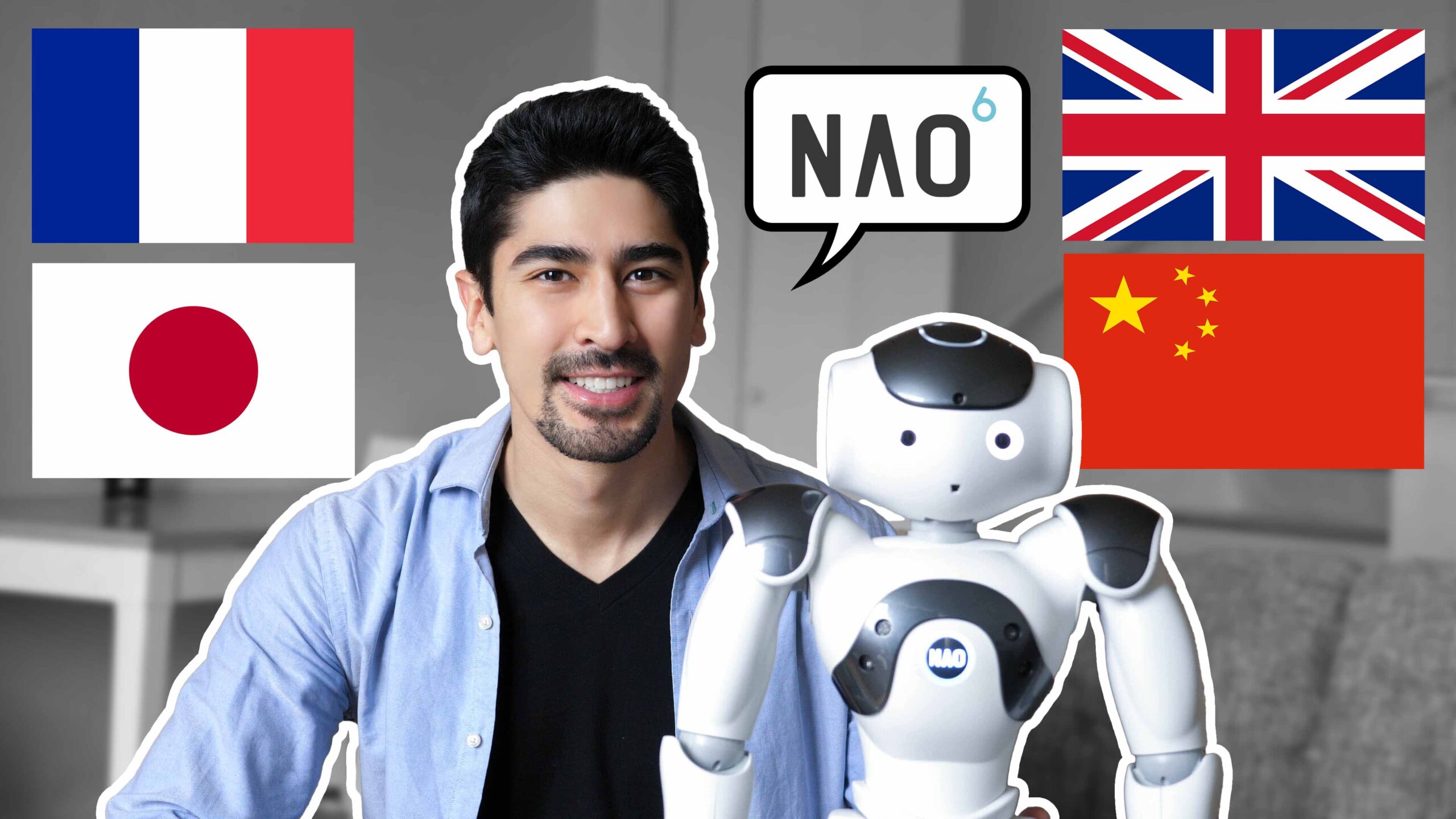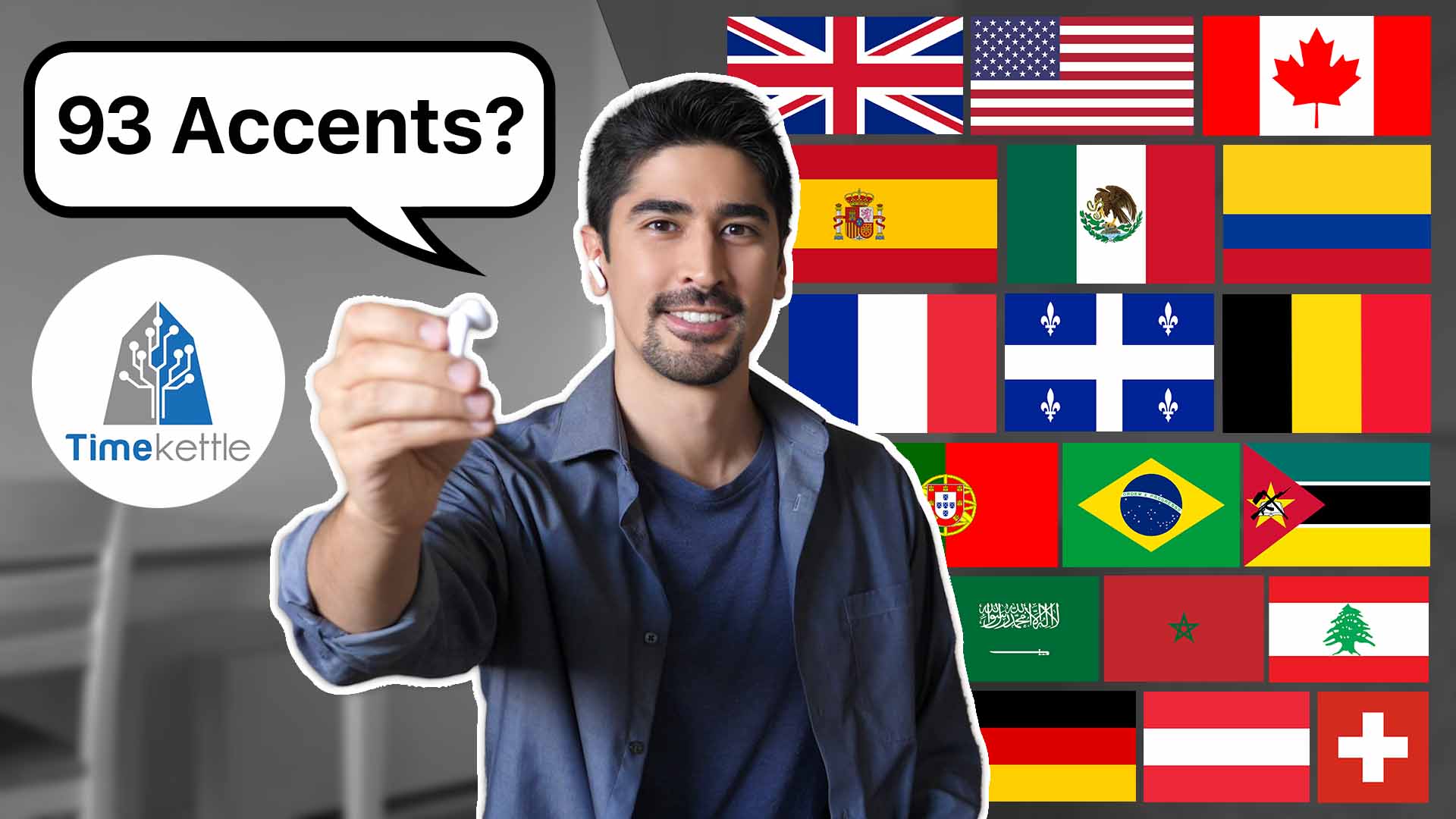Introduction
In the rapidly evolving landscape of language learning, technological advancements are transforming how we acquire new languages. From Artificial Intelligence (AI) and robotics to super-fast wireless translation earbuds, the arsenal of language learning tools available today is vast and diverse. These tools hold the promise of making language learning more accessible, efficient, and engaging than ever before. In this blog, we’ll explore some of the most innovative products and services currently on the market, delving into their features, functionalities, and potential impact on language acquisition.
Language Learning Apps
Language learning applications have evolved significantly over time, providing learners with a wide range of possibilities for improving their fluency. As an avid language learner myself, I’ve explored numerous apps, each with its own unique approach and features. Currently, I’m diligently maintaining my streak on Duolingo; you can follow it using the handle @BigBong.official. I’ve also used Speakly, which prioritizes the 4,000 most statistically relevant words in a target language for accelerated learning. Lingodeer was really useful for Asian languages, while Busuu became my go-to for romance languages. However, my latest discovery, Ling, stands out for its extensive language offerings and affordability. If you’re interested in joining me on this journey, simply sign up by clicking here.
Artificial Intelligence (AI)
Virtual intelligence has emerged as a game changer in the field of language learning, offering learners a supportive and non-judgmental environment to practice their skills. For many individuals, the thought of speaking to other people can cause feelings of shyness or apprehension, especially when faced with the risk of impatient reactions or corrections from native speakers. In contrast, AI-driven language learning platforms offer a refreshing alternative, unconcerned about time restrictions or the number of mistakes made. These systems use advanced algorithms to personalize the learning experience by carefully analyzing users’ strengths and weaknesses. By personalizing lessons and feedback in real time, AI allows learners to grow at their own pace while successfully navigating the complexities of their target language.
Fast Translating Technology
In addition to language learning apps and AI-driven platforms, advancements in technology have introduced a myriad of innovative devices designed to facilitate language acquisition. Devices like the Wooask W12 and the WT2 Edge reflect this trend, providing consumers with seamless translation capabilities and real-time language support. Some may even argue that learning languages is still relevant. However, for me, the answer remains a resounding yes! While these devices undoubtedly break linguistic barriers, they can’t fully replace the richness and depth of how I define a language. Beyond words and grammar a language includes regional accents, cultural nuances, and unique expressions, as well as non-verbal communication.
-
Wooask W12 Review
Traveling abroad can be the most rewarding experience, but it comes with a lot of insecurities caused by language barriers, including safety concerns, interacting with the locals, asking for directions in the street, difficulty shopping at the local market, boarding public transport, and so on.
-
Speaking with a Robot in 4 Languages
Meet NAO, an autonomous, programmable humanoid robot formerly developed by Aldebaran, a French robotics company headquartered in Paris. Acquired by the Japanese conglomerate SoftBank, NAO represents a blend of French innovation and Japanese technology.
-
Timekettle WT2 Edge Review
In today’s interconnected world, successful communication should transcend language barriers. Enter the Timekettle WT2 Edge translator device, a revolutionary device designed to break down linguistic walls.
-
LingoChamp Review
Learning a new language is both tough and fun. LingoChamp’s virtual AI Coach Alix opens up new possibilities for language learners, offering an efficient and personalized approach to mastering English and other languages.




